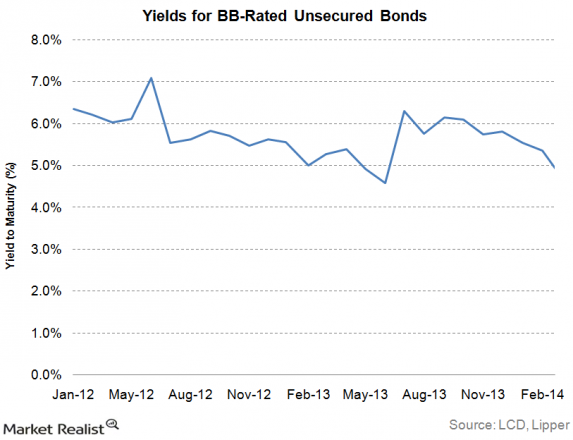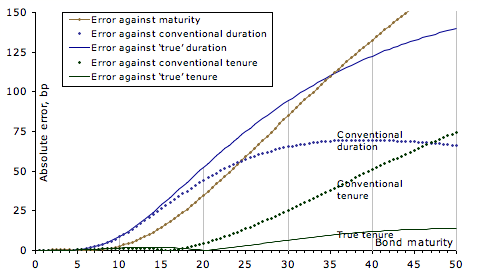How To Compare Yields On Different Bonds
Post on: 29 Май, 2015 No Comment

Calculating and comparing bond yields isn’t easy. Bonds can have varying frequencies of coupon payments; the number of days in the year may also differ. Because fixed-income investments use a variety of yield conventions, it is important to convert the yield to a common basis when comparing different bonds. Taken separately, these conversions are straightforward; however, when a problem contains both compounding period and day count conversions, the correct solution technique is not so obvious. In this article, we’ll take a look at a couple of the common problems investors run into when calculating these yields and show you how to work them out. (To learn all about bonds, see our Bond Basics and Advanced Bond Concepts tutorials.)
Current Conventions
U.S. Treasury bills (T-bills) and corporate commercial paper are quoted and traded in the market on a discount basis. This means that there is no explicit coupon interest payment — the difference between the face value at maturity and the current price is the implicit interest payment. The amount of the discount is stated as a percentage of the face value, which is then annualized over a 360-day year. (Keep reading about commercial paper in Money Market: Commercial Paper and Asset-Backed Commercial Paper Carries High Risk .)
The problems with rates quoted on a discount basis are well-known: first, a discount rate is a downwardly biased representation of the investor’s rate of return (or the borrower’s cost of funds) over the term to maturity; and, second, the rate is based on a hypothetical year that has only 360 days. The downward bias comes from stating the discount as a percentage of the face value. In investment analysis, one naturally thinks of a rate of return as the interest earned divided by the current price, not the face value. Since the price of a T-bill is less than its face value, the denominator is too high, so the discount rate understates the true yield.

Bank CDs have historically been quoted on a 360-day year also, and institutionally, many still are. However, because the rate is a little higher using a 365-day year, most retail CDs are now quoted using a 365-day year. Returns are marketed using annual percentage yield or APY. This rate is not to be confused with APR or annual percentage rate. the rate at which most banks quote mortgages. In an APR calculation, the interest rate received during the period is simply multiplied by the number of periods in a year. The effect of compounding is not included. APY, however, takes effects of compounding into account. (To learn more, read APR Vs. APY: How The Distinction Affects You .)
A six-month CD that pays 3% interest has an APR of 6%. However, the APY is 6.09%, calculated as follows:
APY = (1 + 0.03)^2 – 1 = 6.09%














